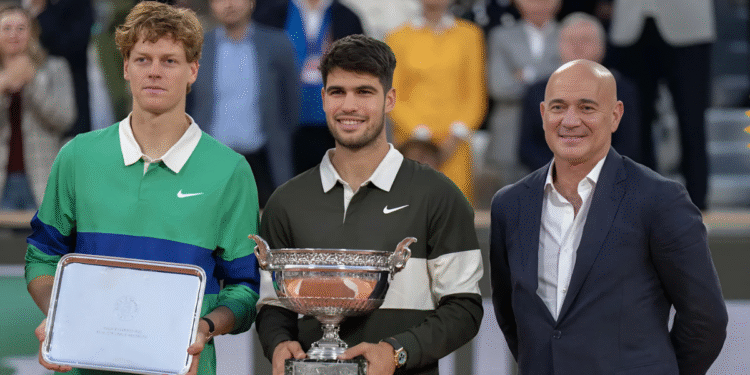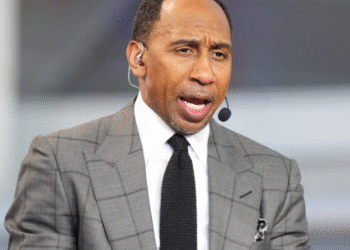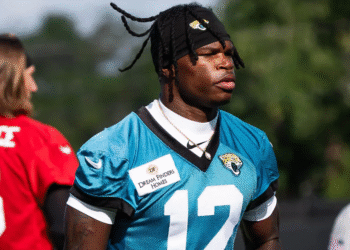The French Open 2025 was filled with drama, breakthrough performances, and memorable moments. From young stars making their mark to seasoned players proving they still belong, the tournament managed to create a strong buzz in the tennis world. Now, the question is: how can tennis as a sport carry this momentum forward and keep fans engaged, especially during non-Grand Slam periods?
One of the biggest takeaways from this year’s French Open was the increase in global viewership. More fans across countries like India, Brazil, the US, and parts of Europe tuned in than in previous years. This happened mainly because of fresh rivalries, emotional storylines, and a better social media push from players and official accounts. For the sport to grow, this kind of content needs to continue even after the tournament ends. Tennis can no longer rely only on the four Grand Slams to get attention. Smaller tournaments need better marketing and storytelling. If fans are introduced to players through behind-the-scenes videos, training vlogs, or even casual interviews, they’re more likely to follow them throughout the year.
Another point of focus is the format of matches. While purists may prefer best-of-five sets for men in Grand Slams, there’s a growing group of younger viewers who prefer faster-paced formats. The rise of short-form sports content like T10 cricket and 3×3 basketball shows that attention spans are shrinking. Tennis could experiment with faster formats outside of the Grand Slams—perhaps through more tie-break tournaments, one-set challenges, or mixed doubles exhibitions that are short and entertaining. This won’t replace traditional tennis but can act as an entry point for casual fans.
Broadcasting also plays a major role in growing the game. Right now, watching a tennis match requires subscriptions to different platforms depending on your country and the tournament. This fragmentation frustrates fans and limits viewership. A centralized, global streaming service with affordable pricing could solve this. Imagine a Netflix-like platform that shows ATP, WTA, and ITF matches from around the world. If the sport wants to attract new audiences, accessibility needs to improve.
The role of players in promoting tennis also cannot be ignored. The newer generation of tennis stars—like Carlos Alcaraz, Iga Swiatek, Coco Gauff, and Jannik Sinner—are already doing a better job than previous generations when it comes to social media. However, they still have a long way to go compared to athletes in football or basketball. Tennis organizations can support them with digital teams that help create content, manage fan engagement, and run giveaways or Q&A sessions. Fans today want more than scores—they want to know what their favorite players eat, how they train, what music they like, and how they deal with wins and losses.
Partnerships with influencers and content creators can also bring tennis to a wider audience. Collaborations with YouTubers or Instagram personalities who have no prior tennis background but can explore the sport with curiosity can open doors to untapped demographics. Even something as simple as teaching influencers how to play tennis and filming the journey could go viral. Sports like Formula 1 saw massive growth because of Netflix’s “Drive to Survive.” Tennis needs a similar behind-the-scenes show that’s easy to understand and entertaining, showing the emotions, rivalries, and personalities of players.
On the grassroots level, tennis needs to become more affordable and inclusive. Right now, it is still seen as a premium sport, especially in developing countries. Lowering entry costs, providing public access to courts, and organizing community events can increase participation. Schools should be encouraged to include tennis in their sports programs with proper training facilities and equipment. When more kids play, more families watch. It’s a simple chain reaction.
In short, the energy created by the French Open must be carried forward with smart planning. Whether it’s improving digital content, experimenting with formats, centralizing broadcasts, or increasing grassroots access, the sport has multiple areas to grow. The goal should be clear: make tennis not just a Grand Slam event, but a year-round passion for fans across the world.
























